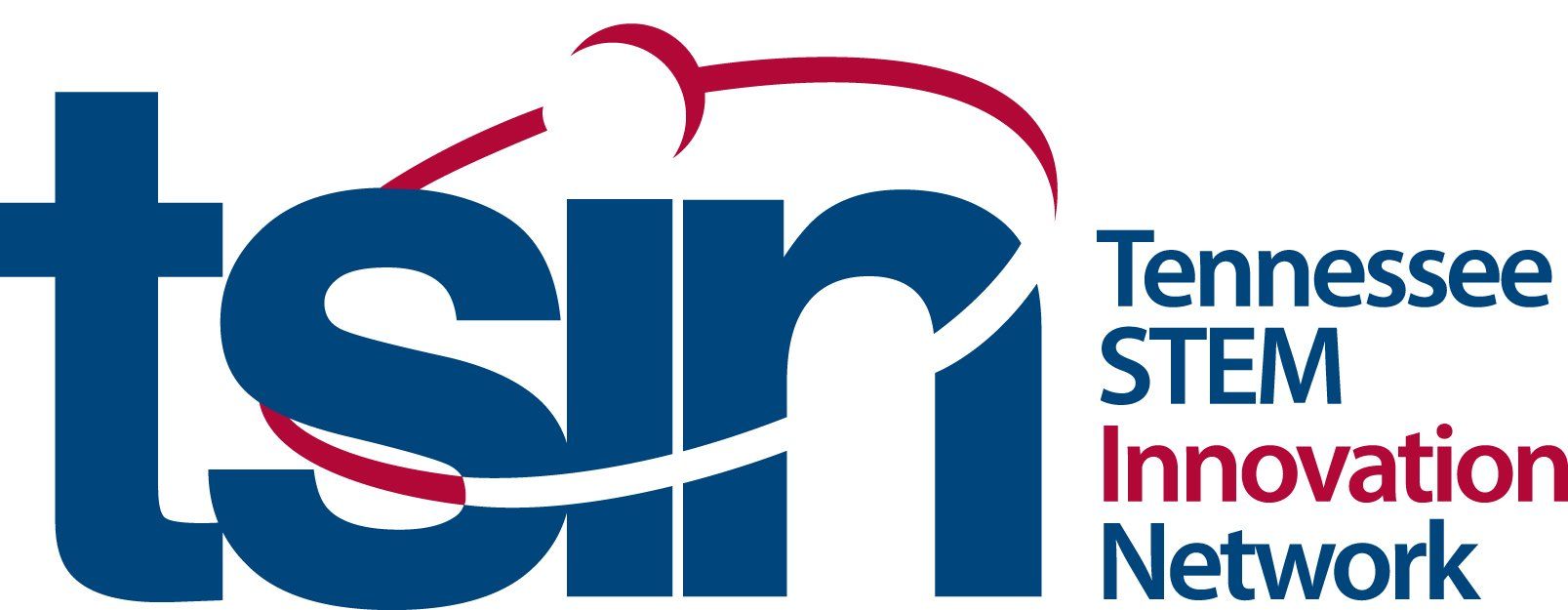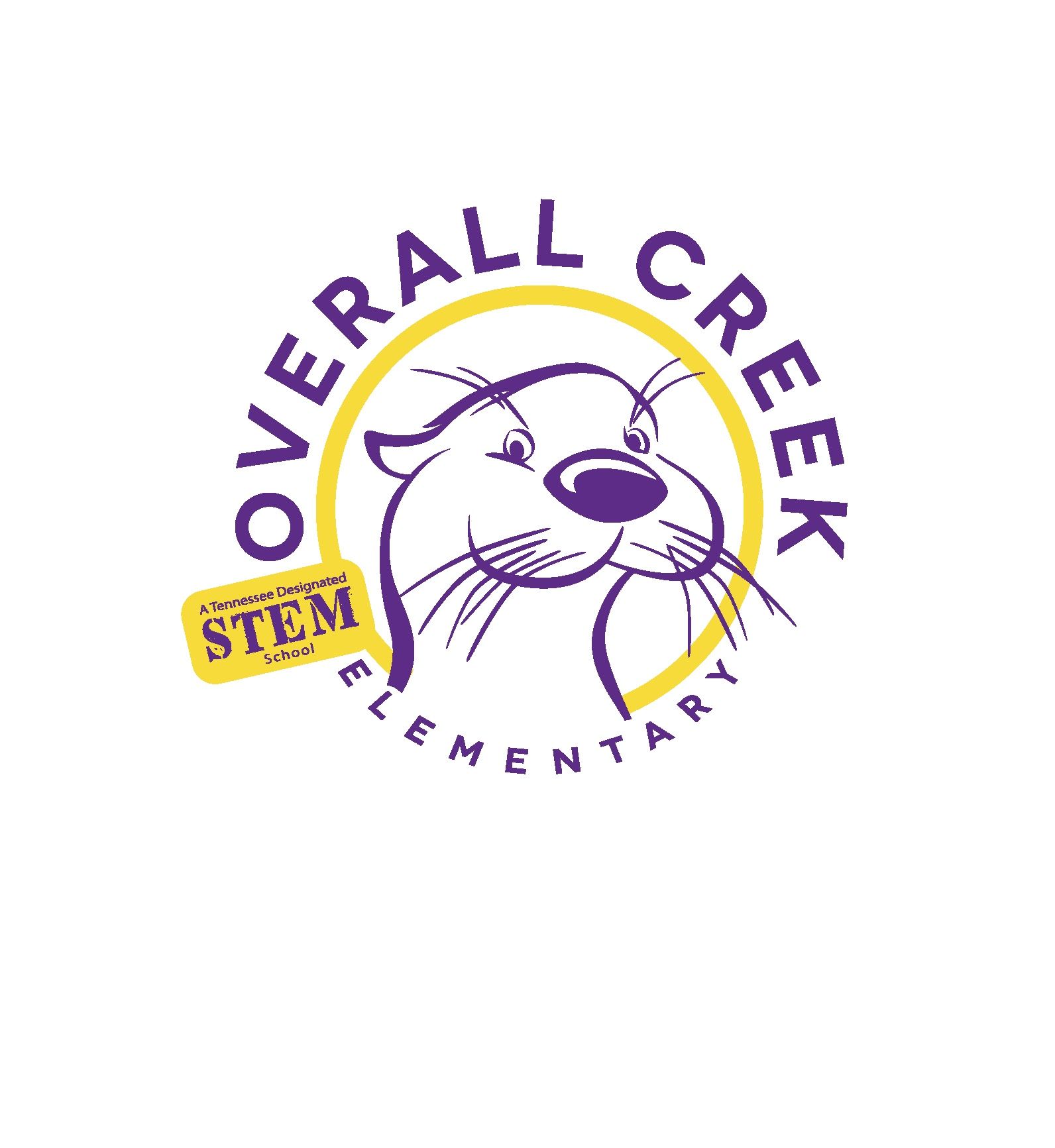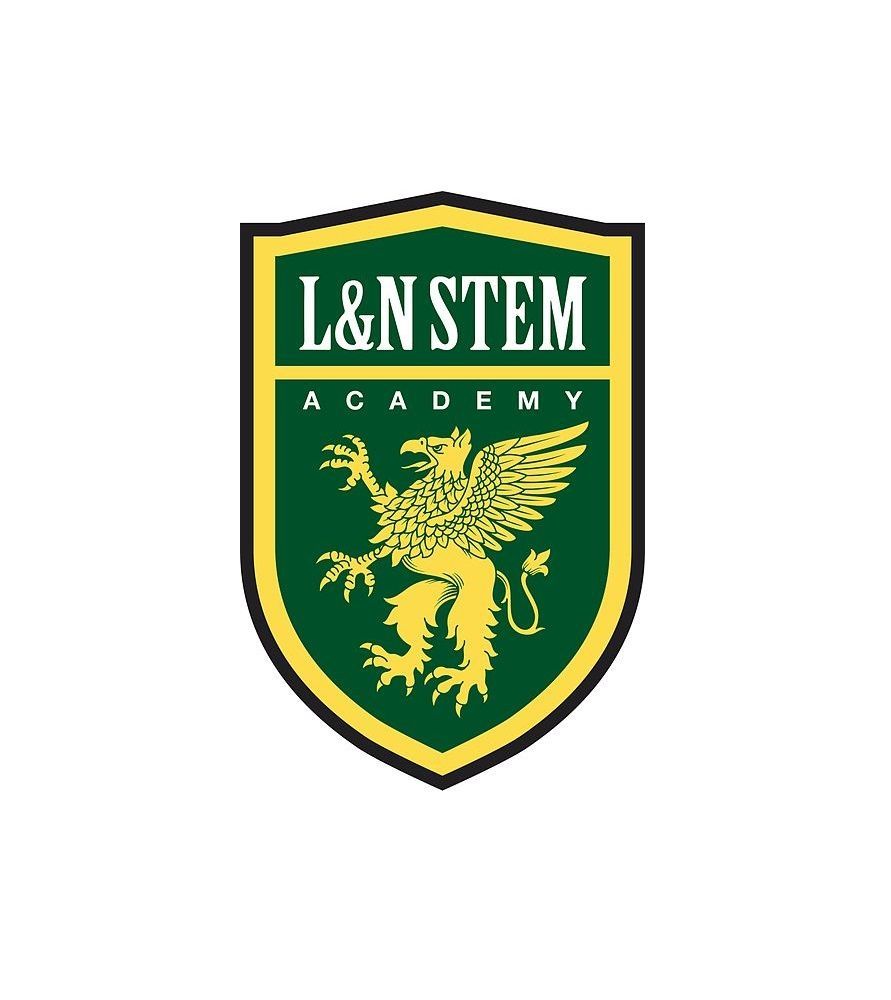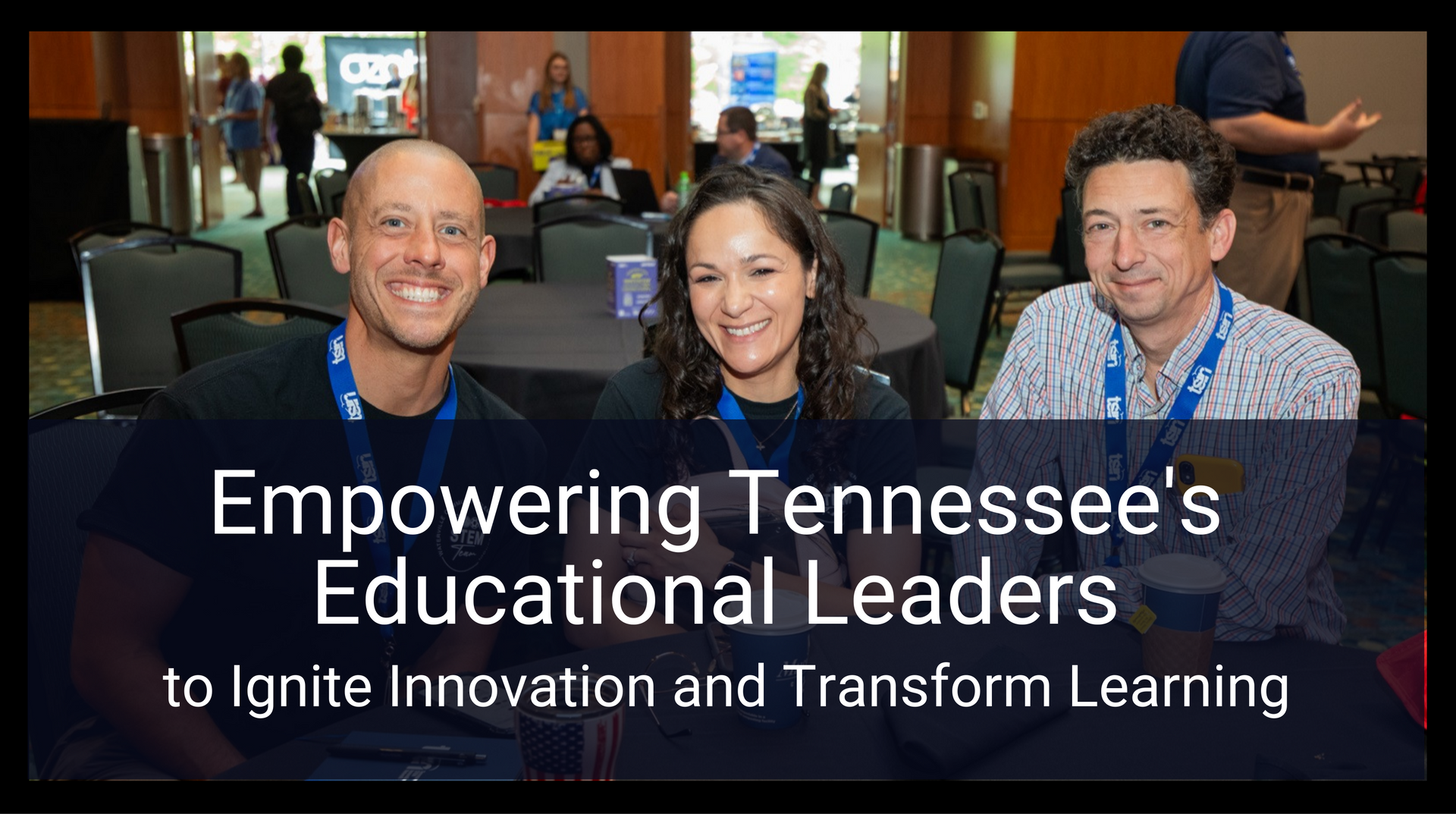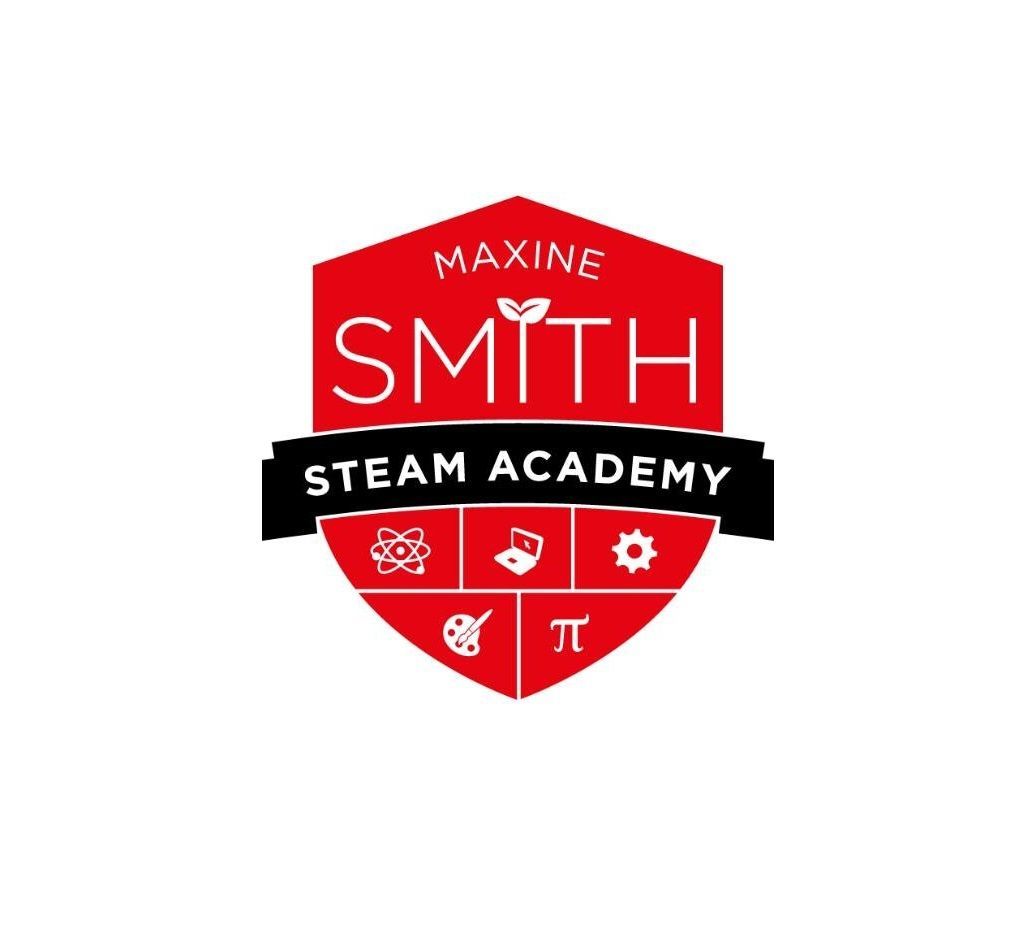Network Sends Planetarium on the Road
The Visiting Planetarium Program, which is now making the rounds across the state through a philanthropic gift from the Battelle Memorial Institute to extend STEM opportunities in Tennessee through the TSIN, is designed to inspire and enable young people between the 4th and 7th grade to reach their full potential in STEM disciplines. One trip inside the planetarium […]Read more The post Network Sends Planetarium on the Road appeared first on Tennessee STEM Innovation Network.
The Visiting Planetarium Program , which is now making the rounds across the state through a philanthropic gift from the Battelle Memorial Institute to extend STEM opportunities in Tennessee through the TSIN, is designed to inspire and enable young people between the 4th and 7th grade to reach their full potential in STEM disciplines. One trip inside the planetarium with a classroom of students and it becomes apparent how the experience of using a telescope and being in a planetarium can inspire students to study the STEM fields. The program targets rural or high needs schools where most students have never had the chance to visit a planetarium.
The TSIN had the opportunity to sit down with Professor Billy Hix, the mastermind behind the Visiting Planetarium program:
Professor Billy Hix with the Visiting Planetarium Program
Thank you for joining us today, Billy! Please introduce yourself. What’s unique in your background that led you to being interested in helping students experience astronomy in new ways?
My name is Billy Hix and I have been conducting STEM outreach programs since 1986, or long before STEM was an acronym. I started working for NASA in 1997. I have always been interested in astronomy and engineering. My background originally was computer science, but I learned early on if I wanted to inspire the next generation, I needed to bring something to the table that was breathtaking. I found that the planetarium was a wonderful springboard to not only cover some of the standards for students, but the “wow” factor made them want to know more.
What is the planetarium?
The planetarium is 25 feet wide and 14 feet tall and is capable of holding an average classroom with some room to spare. Most schools are able to set it up in their gymnasium. The show starts with exploring constellations in the night sky. We also visit some of the stars to learn that about half of the stars that we see are really multiple stars. Then we start traveling deep. We might go and see what the sun is going to look like after it dies by traveling to the Ring Nebula. Students go wild as we travel – it looks like a scene from Star Wars as they go into warp drive. We go and see stars being born in Messier 42. We always visit the Andromeda galaxy in the fall and students are so excited to learn that it is headed toward us at about 70,000mph and will someday crash into the Milky Way. Then we try to understand our place in the universe. Then we return to our solar system and visit and fly over the planets and we always visit the moon and make sure we understand those moon phases. It is a very visual program and although I have conducted over 70 planetarium programs, seeing the students so excited and full of questions, I never grow tired of it.
Why is it important for TSIN to provide STEM learning opportunities like the planetarium visits for schools across the state?
Many of the schools that I visit each year remind me of where I grew up. Students have very few opportunities to dream big. I see students who are hungry to learn, but have never had someone come and allowed them to learn side by side with an astronomer. Last week, I was at a rural county and I always ask, “How many have ever been to a planetarium before?” I had 169 students visit the planetarium that day and only one student had visited a planetarium before. Think of the honor that I have by being the person who can introduce them to the cosmos for the very first time.
What do you hear from students when they step inside the planetarium and the program begins?
Teachers and schools administrators have been challenged to do more, cover more, and test more than ever before. Many students have started to think that the process of education is often dry and pressure filled. Then they enter the planetarium. Sometimes a student who seems to be not interested in learning in the traditional classroom, opens and blossoms in the planetarium.
Is there a school leader we can talk to about the impact of the program?
Absolutely! Terry Sue Fanning, Supervisor of Instructional Programs in Lincoln County, has been working with us for years.
Thank you for speaking with us, Terry! What is your take on the program as a school leader, and why are learning experiences like this important for TSIN to offer to schools across the state?
I have seen students benefit from being part of Billy Hix’s planetarium programs many times. He is very focused on making sure that teachers and school administrators don’t think of his planetarium as a “show,” but instead he works to be a co-teacher with the teachers. He is confident of the standards that he covers with a given grade level and from the moment he starts to the end of his program, and he covers standards that the grade level teachers have to cover as part of their instruction. Most of my teachers are pleasantly surprised when they exit the planetarium due to the fact that they expect a science program but find when Mr. Hix conducts his programs, he addresses standards across the curriculum. In the hour that he has the students, he covers language arts, history, math, art, and science standards. I have seen how hard he works to make sure that students see the importance of all
areas of the curriculum and he presents how science is closely tied to other subjects.
The Visiting Planetarium Program schedule for Spring 2016 is currently full. Those interested in having the Planetarium visit your school in the Fall can place your name on the waiting list by emailing Billy Hix at Bhix@mscc.edu.
The post Network Sends Planetarium on the Road appeared first on Tennessee STEM Innovation Network.
